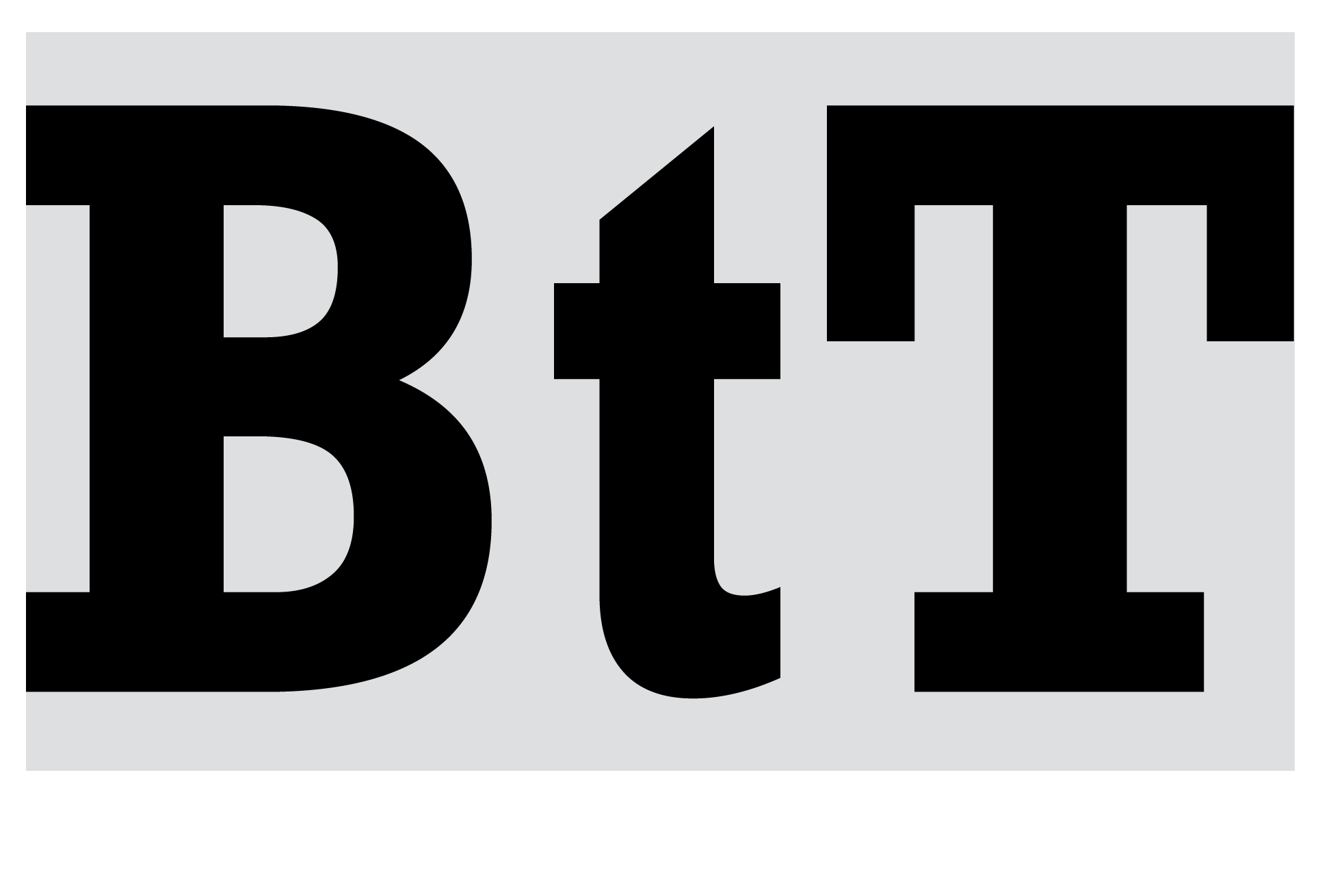Created in 1994 by Jeff Bezos, Amazon is today one of the Technology Big Four. But it was initially only focused on books, very different from nowadays mainstream e-commerce and artificial. Not only the platform has changed but Amazon’s logo and typography have undergone major transformations too.
The first Amazon logo was created in 1995. It was a combination between imagery and text in black and white. The main visual element was the stylised black bold letter ‘A’ with a smooth vertical white line recalling the shape of the Amazon river. Under this emblem was placed ‘amazon.com’ in lowercase written in a very simple, with little contrast sans-serif font, making it very clean and legible.
In 1997 the design gained horizontal thin and curved horizontal lines coming out of the Amazon river shape. These lines made the logo resemble like a tree, but still recalled the river, we could even say these lines could represent the movement of the water on the river. The colour palette was still monochromatic, and the lettering was made slightly bigger and bolder.
In 1998 the company’s visual identity was completely redesigned, and three new logos were created in the same year. The first new version was a more sophisticated version, the ‘A’ emblem was no longer present, the main element was now the wordmark ‘amazon.com’ written in a serif font, with moderate contrast and a hight x-height. Under the wordmark was written ‘Earth’s biggest bookstore’ in a sans-serif font in all-caps. The elegancy of the serif font in the wordmark is complemented by the great amount of space between the letters and words in that sentence.
But it was soon replaced by the next version of the logo. It was the first time the iconic Amazon intense, almost orange yellow was introduced to the colour palette. The letters are in all caps, written in a digital sans-serif font, and the letter ‘O’ right in the middle of the logotype was in yellow and enlarged. And the tagline was removed from under the word mark. The company used this version for several months but was replaced by a new one at the end of the year.
The last logo of 1998 was simple like the previous versions but felt young, new and fresh. It was just the wordmark ‘amazon.com’ complemented by a dynamic, slightly arched yellow line under it. The arch represented the bridge connecting past and future. The lettering was written in Officina Sans typeface, all in lowercase, with ‘Amazon’ written in bold, then ‘.com’ in regular weight.
In 2000 was created the logo we are all familiar with today. The current Amazon logo has the wordmark ‘Amazon written in lowercase in a sans-serif font with very slight contrast. They initially kept the ‘.com’ but it was later dropped as Amazon started expanding its activity outside the internet. The arched bridge shaped line present in the previous version of the logo was replaced by an arrow going from the letter ‘a’ to the letter ‘z’, the first and last letters of the alphabet, symbolising their ability to provide all products on Earth, anything named from ‘a’ to ‘z’. The arrow, designed by Turner Duckworth, also creates the shape of a smile, making the logo friendly and playful, it transmits a sense of reliability and happiness, it also denotes customer satisfaction. This is emphasized by the use of yellow, which is a very cheerful colour.
The colour blue was later added to the black and orange palette. It is mainly used for ‘Amazon Prime’ but also in all the AI line. Blue symbolises expertise and authority, which fits very well in the path of progress Amazon is taking with their new technology.
Amazon logos and typography have always been very minimalistic, but it does not mean it isn’t effective. In fact, the Amazon logo speaks for itself, it is very recognisable and directly appealing to the buyer. The simplicity is very contemporising, nowadays minimal means professionalism, loyalty, and high quality.
Free Logo Design Website. Available at: https://www.freelogodesign.org/blog/2018/09/10/the-amazon-logo-story
Logo My Way Website. Available at: https://blog.logomyway.com/history-amazon-logo-design/
Roman Rogoza, Logaster Website. Available at: https://www.logaster.com/blog/amazon-logo/





